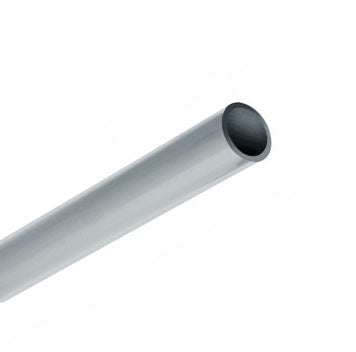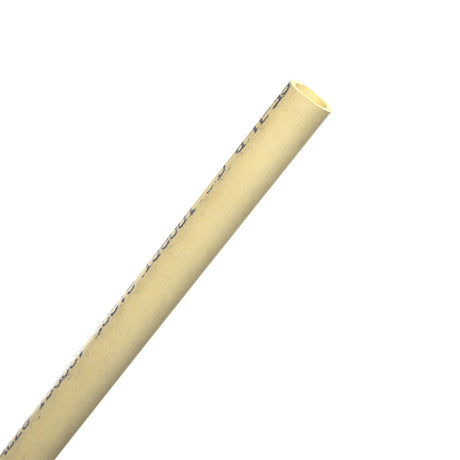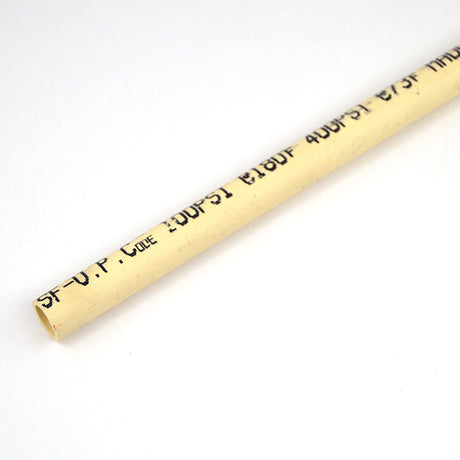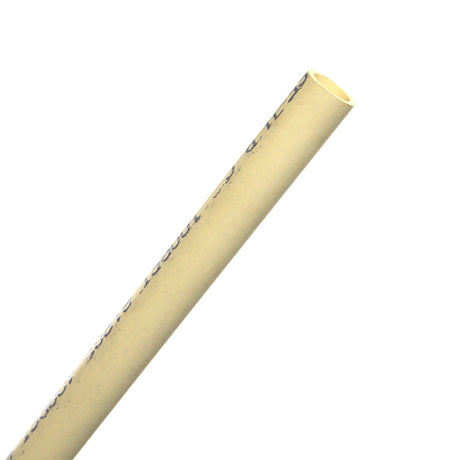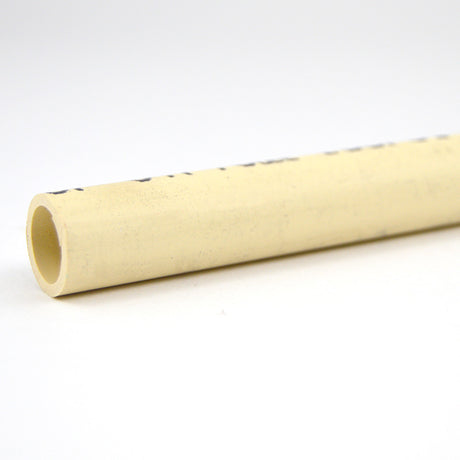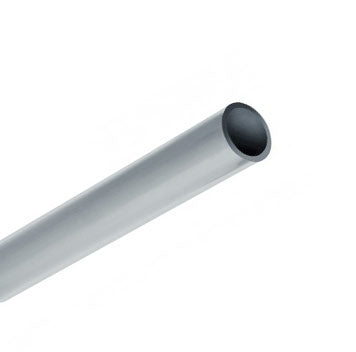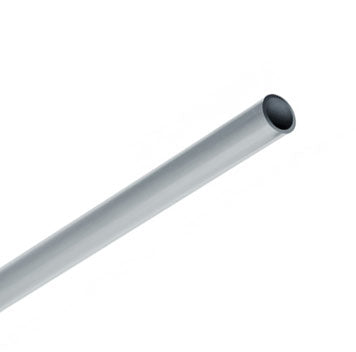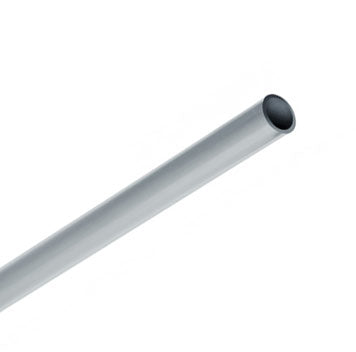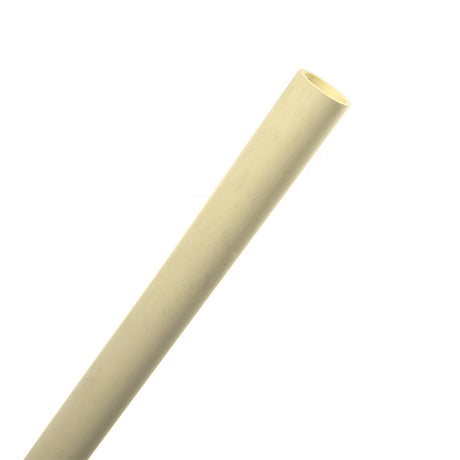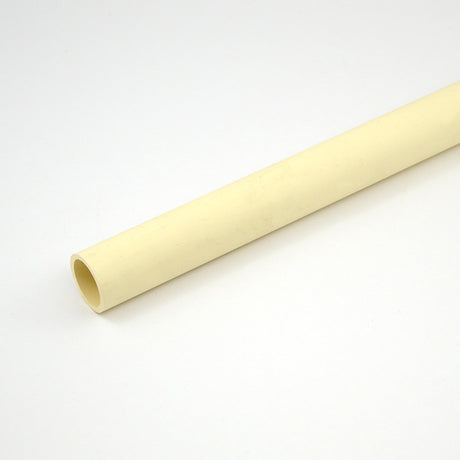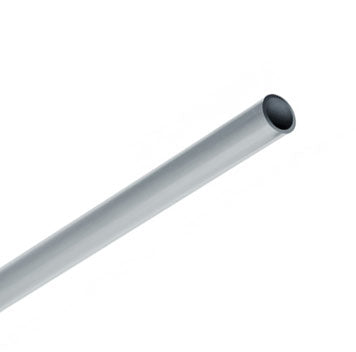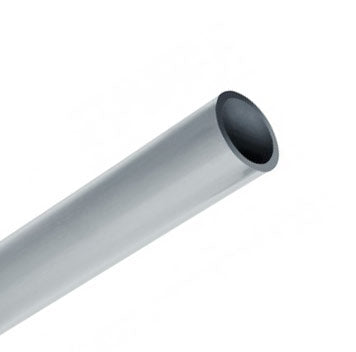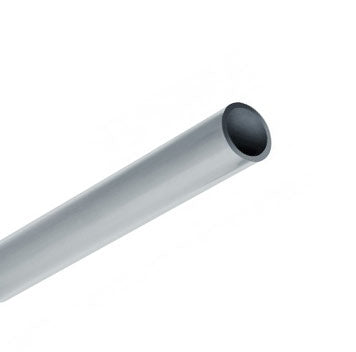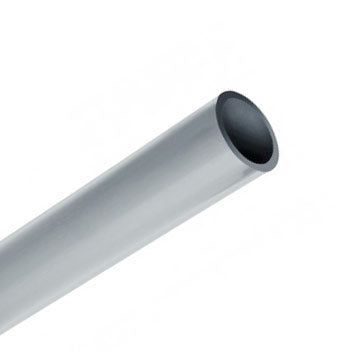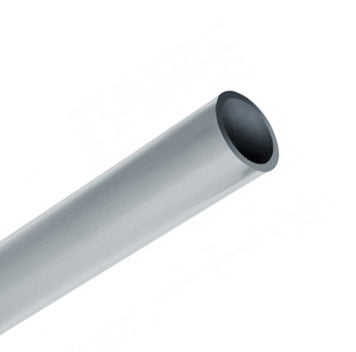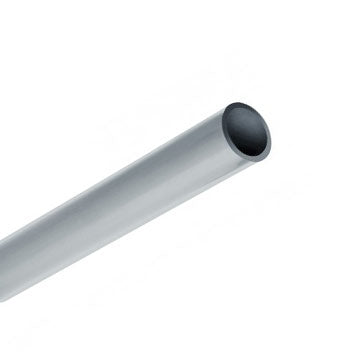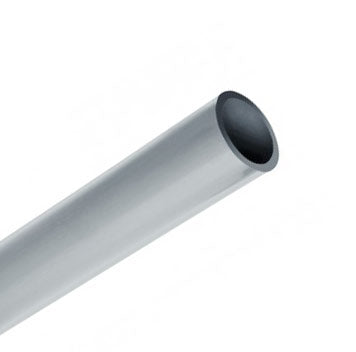-
2" Schedule 80 CPVC Pipe PD-800-020C - 5 ft.
$112.86Unit price /Unavailable -
1/2" CTS CPVC Pipe CTS-005 - 5FT
$3.11Unit price /Unavailable -
3/4" CTS CPVC Pipe CTS-007 - 5FT
$5.60Unit price /Unavailable -
1-1/2" Schedule 80 CPVC Pipe PD-800-015C - 5ft.
$81.71Unit price /Unavailable -
1" Schedule 80 CPVC Pipe PD-800-010C - 5ft.
$48.30Unit price /Unavailable -
1/2" Schedule 80 CPVC Pipe PD-800-005C - 5 ft.
$24.22Unit price /Unavailable -
1" CTS CPVC Pipe CTS-010 - 5FT
$11.50Unit price /Unavailable -
3/4" Schedule 80 CPVC Pipe PD-800-007C - 5 ft.
$32.91Unit price /Unavailable -
3" Schedule 80 CPVC Pipe PD-800-030C - 5ft.
$212.48Unit price /Unavailable -
1-1/4" Schedule 80 CPVC Pipe PD-800-012C - 5 ft.
$67.43Unit price /Unavailable -
-
8" Schedule 80 CPVC Pipe PD-800-080C - 5ft.
$430.00Unit price /Unavailable -
2-1/2" Schedule 80 CPVC Pipe PD-800-025C - 5ft.
$171.44Unit price /Unavailable -
6" Schedule 80 CPVC Pipe PD-800-060C - 5ft.
$480.91Unit price /Unavailable

